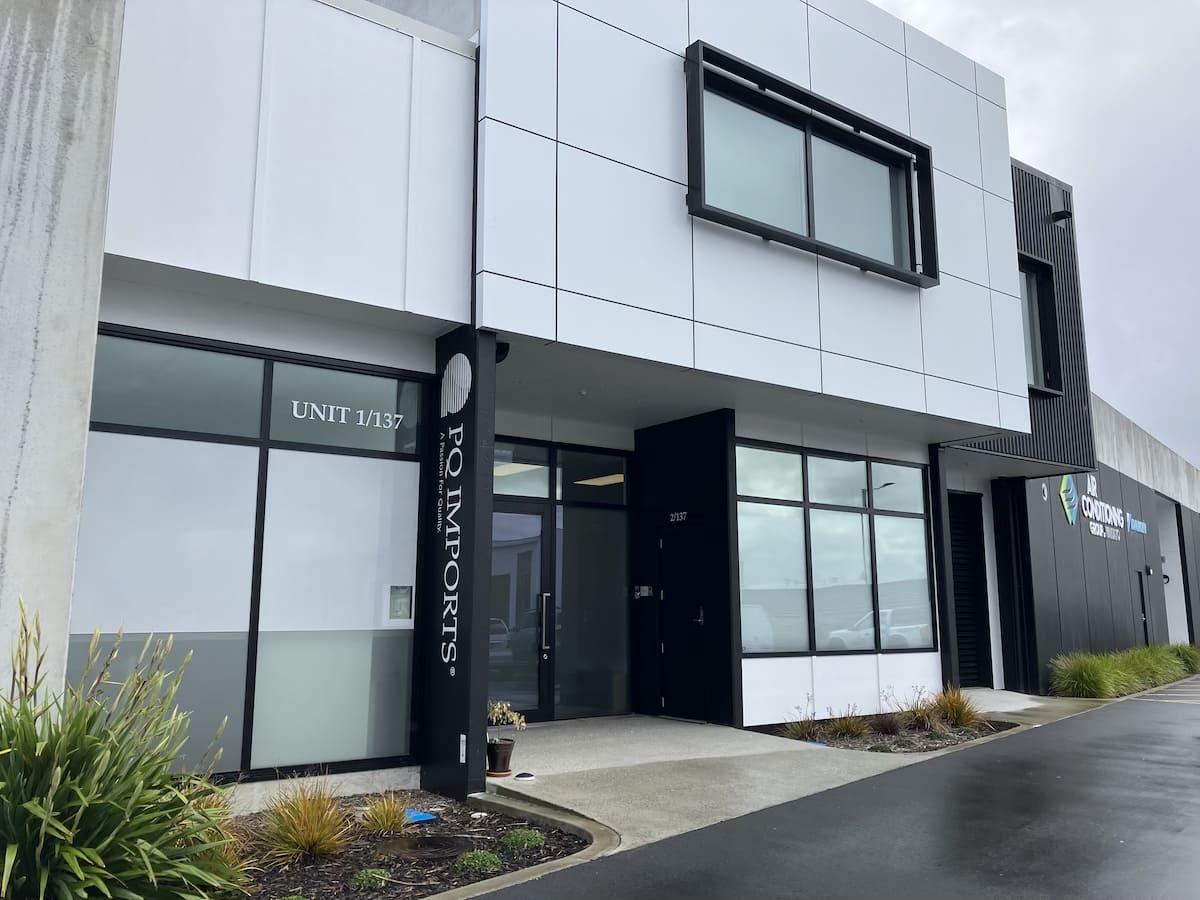Over the best part of five decades, Paul Quilter has built a reputation as a legend of hi-fi in New Zealand. Now on the cusp of retirement, GARY STEEL figured it was time to find out what makes the man tick.
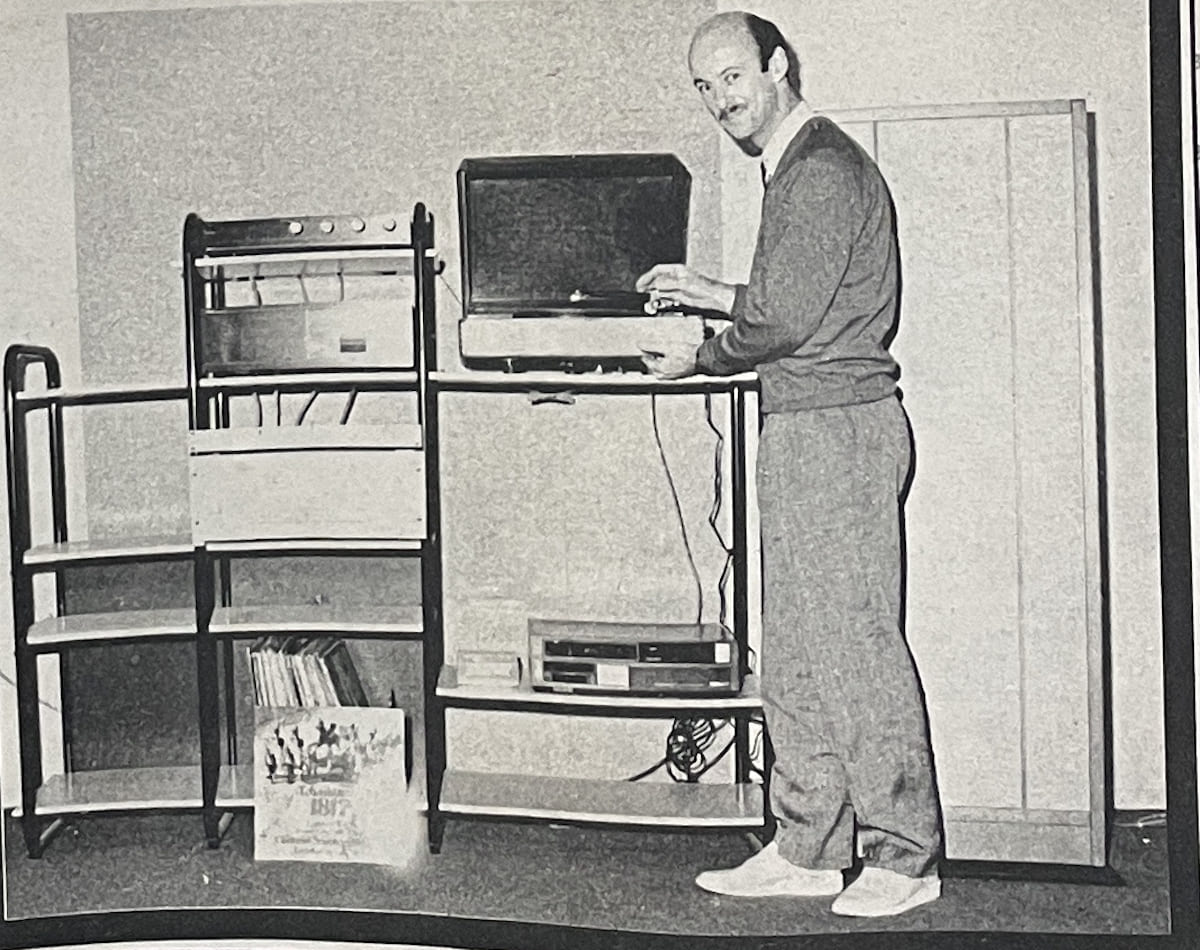
Gary Steel – By my reckoning, you’ve been in the hi-fi business for around 46 years. What sparked your interest in the hi-fi scene back in the mid-’70s?
Paul Quilter – Forty-eight years in total. Eighteen months before starting my own store I was selling audio gear at Tokoroa Electrical. I started in the hi-fi scene just after I was married in 1973 – I would go to Norfolk Island, buy the latest models of Sony, Pioneer, JBL etcetera, then sell off my older gear to friends and music loving acquaintances. Along with repairing audio gear, sales was a part time job/hobby for me. At the time I was working for the NZ Post office as a communications technician. On October 1st 1976 I started work as manager of the Tokoroa Electrical retail store, and that’s where my new fulltime career started. It was only a few months after I started that I brought in more audio gear and expanded the offering to imported audio products. On 1st March 1978 we opened our first The Listening Post store in Bridge St, Tokoroa.
Gary – How did you make the transition from running a hi-fi shop to running an importation/distributorship?
Paul – When the import restrictions and tariffs were removed in the mid 1980s, I travelled to the UK and obtained the NZ agencies for QED Audio accessories, Proac loudspeakers and Michell turntables. The idea was to complement the brands that we were selling in The Listening Post, and fill niches that existing importers were not covering. We started running from our garage, and although a separate entity, it was very closely tied to supply of our retail stores. As the range of products grew, we started to distribute them to other retailers. One of the first major brands was Paradigm loudspeakers from Canada. To handle the extra space required for this brand we rented a larger space for the loudspeakers and still had the smaller items in our garage.
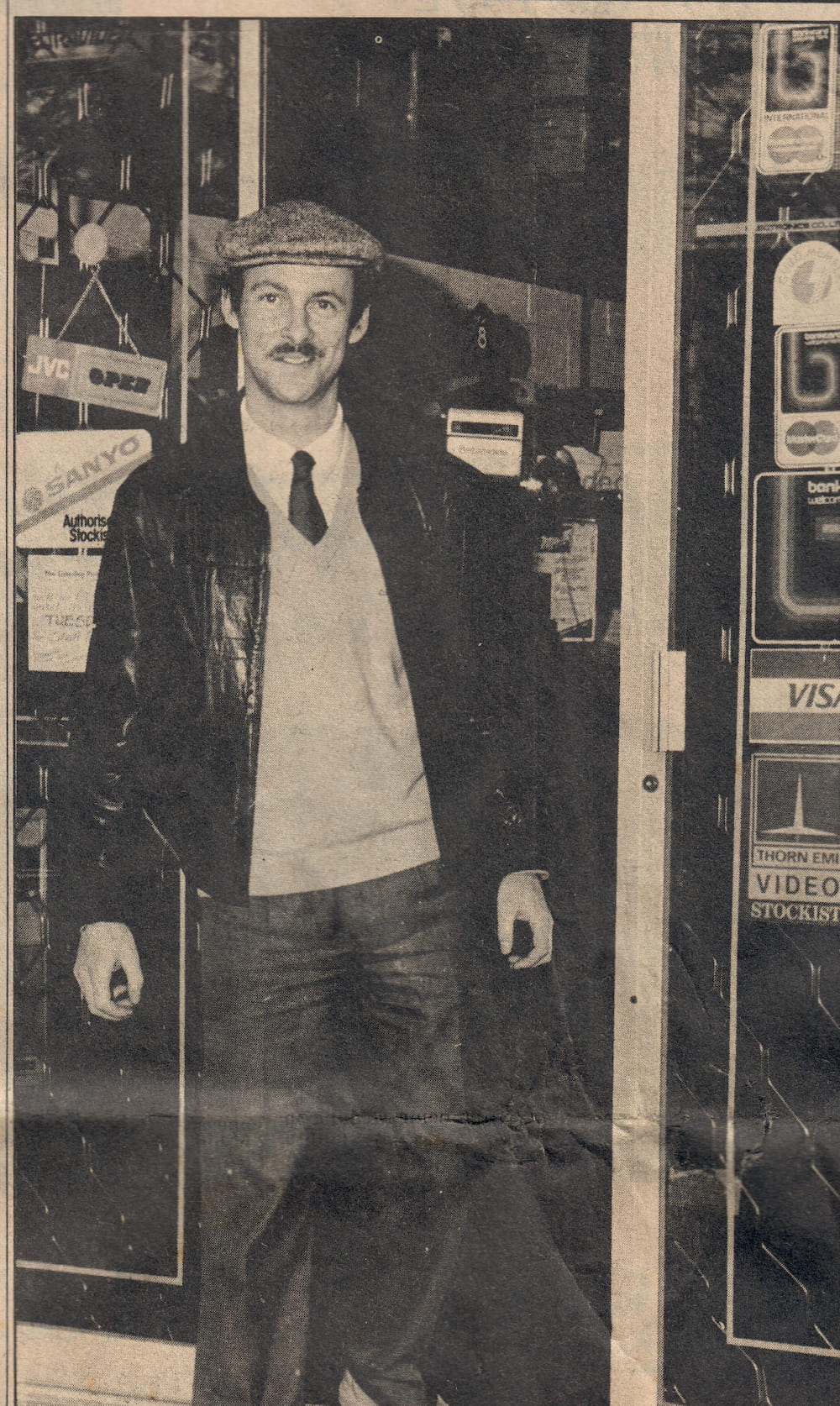
Gary – There are so many brands out there and many that aren’t available in NZ at all. How have you gone about selecting which brands you carried during your years in the business? Has it all been about the ability to sell to a market or more about the relationship you have with the owners of the brands, or the quality of the products themselves?
Paul – My concept has always been to find products that had a synergy and worked together harmoniously. So many competitors just flit from brand to brand or assemble ranges of brands that simply do not work together. It is not easy to find combinations that click and work together, but when you do find those magic combinations, it makes a huge difference to the emotional involvement and enjoyment that you get from the system. A combo where everything works together and the sum of the parts is greater than that of the individual components takes years of listening, trying, fine tuning, and rejecting far more brands than you actually end up taking on. In my experience there are people behind some brands who are totally focussed on the money and not on the musical performance and there are others who are passionate about how close they can get to the sound of real instruments in a real space. The latter are the ones that resonate with me, and we have forged strong bonds with those companies and the people behind them. There are certain products that stand out such as T+A, Proac, PrimaLuna, REL and VTL which are all very well made by people who are passionate about music and the making the highest quality products at various price points.
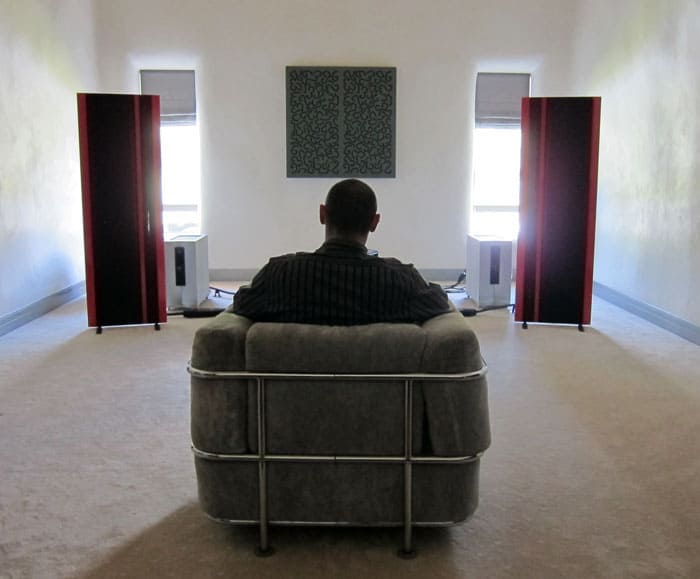
Gary – Having dealt in some of the most expensive gear as well as good basic entry-level brands and built your own “cathedral”-type acoustical space in a straw-bale structure, what do you think is the single most important component of a system? Is it the source, the amplification, the speakers, the room, or a canny combo?
Paul – I have always said that the source is the most important part of any system. If you put the highest quality source possible into even a modest amplifier and speakers it will sound far better than a cheap source fed into a high end amp and speakers. The latter will vividly expose the flaws in the source signal. Rubbish in = rubbish out. Even modestly priced amplifiers and speakers cannot ruin a signal if it is truly wide bandwidth and of high resolution. Finding the right mix of components and cables that build on the strengths of each other, is the skill that comes from experience and experimentation. I have heard some incredibly musical products that are not overly expensive, and also some extremely expensive gear that simply sounded painful!
Most people are stuck with the room that they have, and many rooms are the weakest link in the chain. Finding gear that works well in normal NZ sized rooms is very important. In my experience the addition of subwoofers which suit the room size (and therefore the lowest fundamental frequencies that can be cleanly reproduced in that room) is key to getting the best possible sound in any room. For best soundstage speakers need to be out from the corners and away from walls. For best bass depth and room coupling, you need subs to be in or close to the corners, so you get the best of both worlds at lower cost than if you had huge speakers that are overloading the room with bass and can’t be placed correctly.
Gary – You’ve built up such a legendary name as someone trustable and genuine and reliable in a business that has seen many fly-by-nighters who underestimate just how hard it is to sell gear to a small population. What would be your key advice to anyone looking at starting out in the business?
Paul – I have been asked this question a number of times, and the answer has been the same… it is incredibly hard to start a business in this industry unless you have a lot of capital to invest. We did it the hard way with a very small store and almost zero money. It was tough, with large interest bills and never enough money to feel like you were in control. I often joke that the best way to make a small fortune in the NZ audio market is to start with a large fortune !
My advice is always to follow your passions. If that is in the hi-fi industry, then start small, avoid debt, and build up your stock over time. Trying to do too much too quickly was the biggest mistake that I made, but having a great wife, who was very supportive, and never giving up was what allowed us to work our way through it.
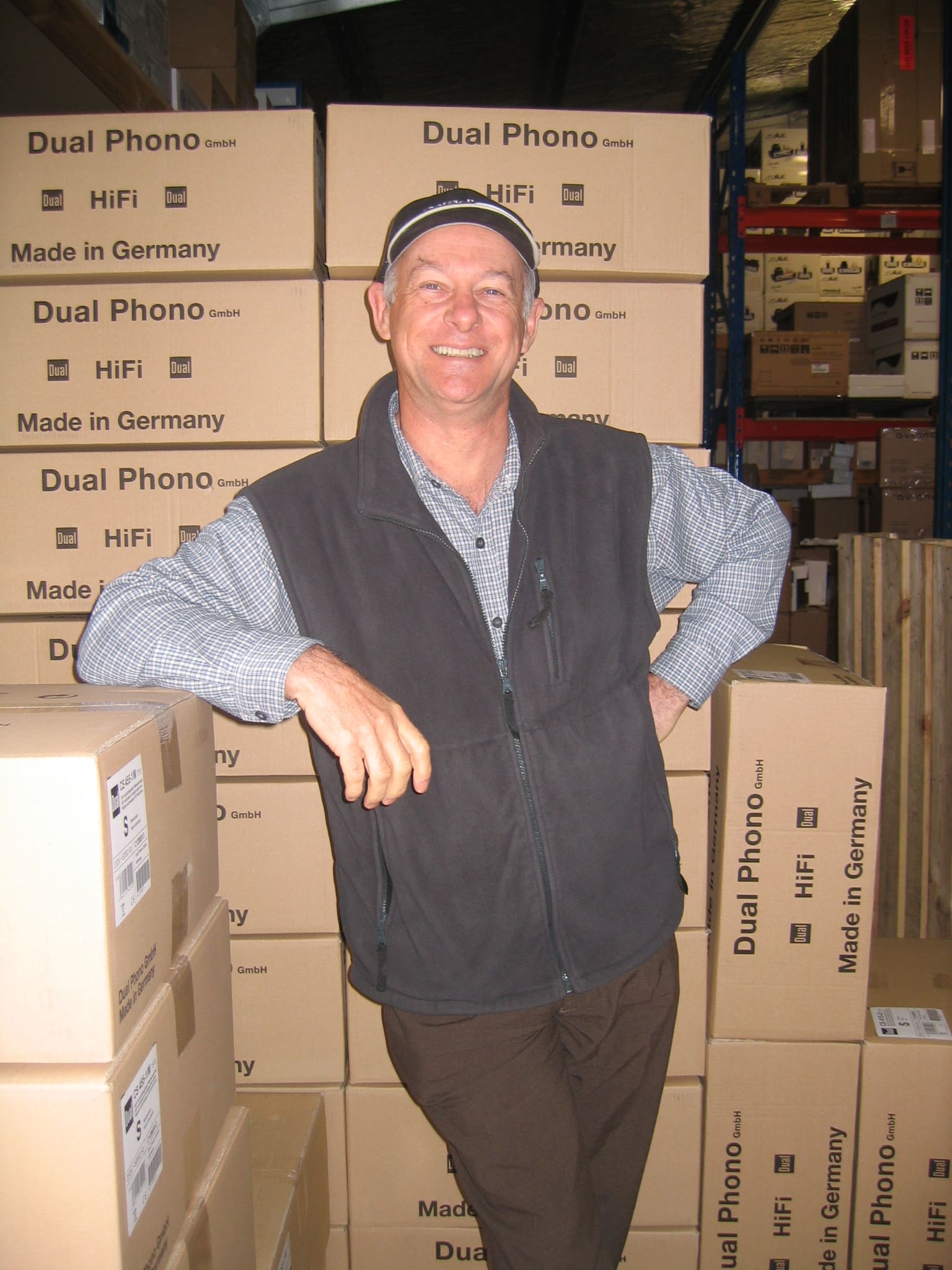
Gary – You’ve seen and heard some amazing gear and visited some of the truly iconic manufacturers over the years. Are there any special reminiscences you can share?
Paul – There are so many that I could fill a book with them. One that happened just a few years ago was when visiting and Audio Show and being in the VTL/Wilson room. They were playing a recording that was made by Peter McGrath of James Judd conducting the Florida Symphony. Peter McGrath had helped set up the Wilson speakers and the audio performance in that room was, to my ears, the best at the show. It was interesting to note that Peter was playing a recording from his own digital recorder (I did not note the brand and model, but perhaps it was a Nagra?). I was sitting just behind him, and there was another chap beside him who I did not recognise. At the end of the movement, this chap stood up and started to clap vigorously, exclaiming, “That is exactly how I remember the orchestra sounding that night”. It was James Judd, the conductor of the Florida Philharmonic. Peter was obviously pleased about his recording, and I must say that this event sticks in my memory as the most authentic demonstration that I have ever heard at an audio show.
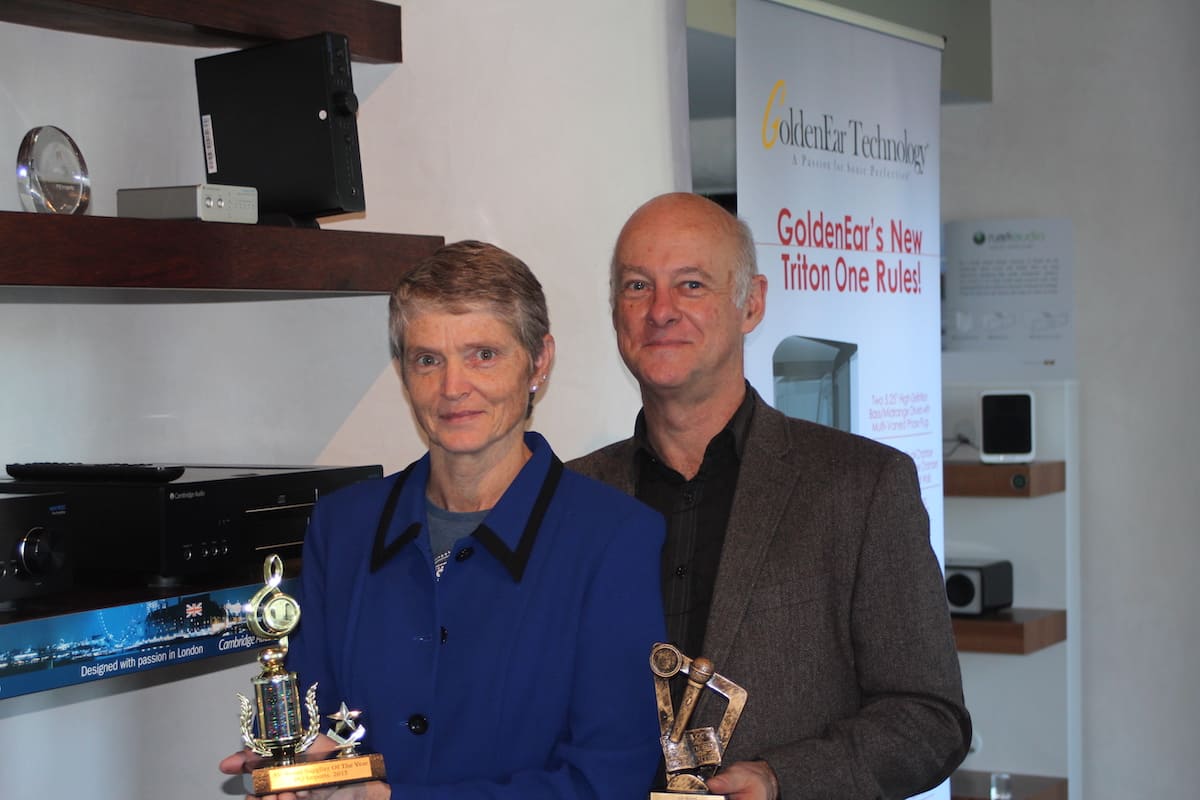
Gary – Did you ever find that your interest in music waned as you focused in on the sound rather than the music itself?
Paul – This is a very good question. I am sure that I am not alone in the experience of going down multiple dead end streets and even more circular spirals in my search for audio nirvana. I think that in the early 1980s I spent a lot of time developing a moving coil head amplifier that we called The Ingot. I would listen to various versions of its circuit components via my Linn Sondek LP12 and Supex cartridge. I was so focussed on the sound that the music became a mere tool. We produced a lovely product, and sold it in the UK, Italy, USA, Australia and of course New Zealand, but that period was one where I was more focussed on the sound than on the music. I think that a lot of that focus on the sound of analogue devices was the result of my being very unimpressed with the sound quality of the (then new) CD format. To my ears it sounded hard, brittle, fatiguing and gave me a headache right on each side of my head behind my eyes. It was 1990 before I could listen to a CD without wincing, and 1994 before I came to accept the sound of CD when I heard a Wadia CD player for the first time.
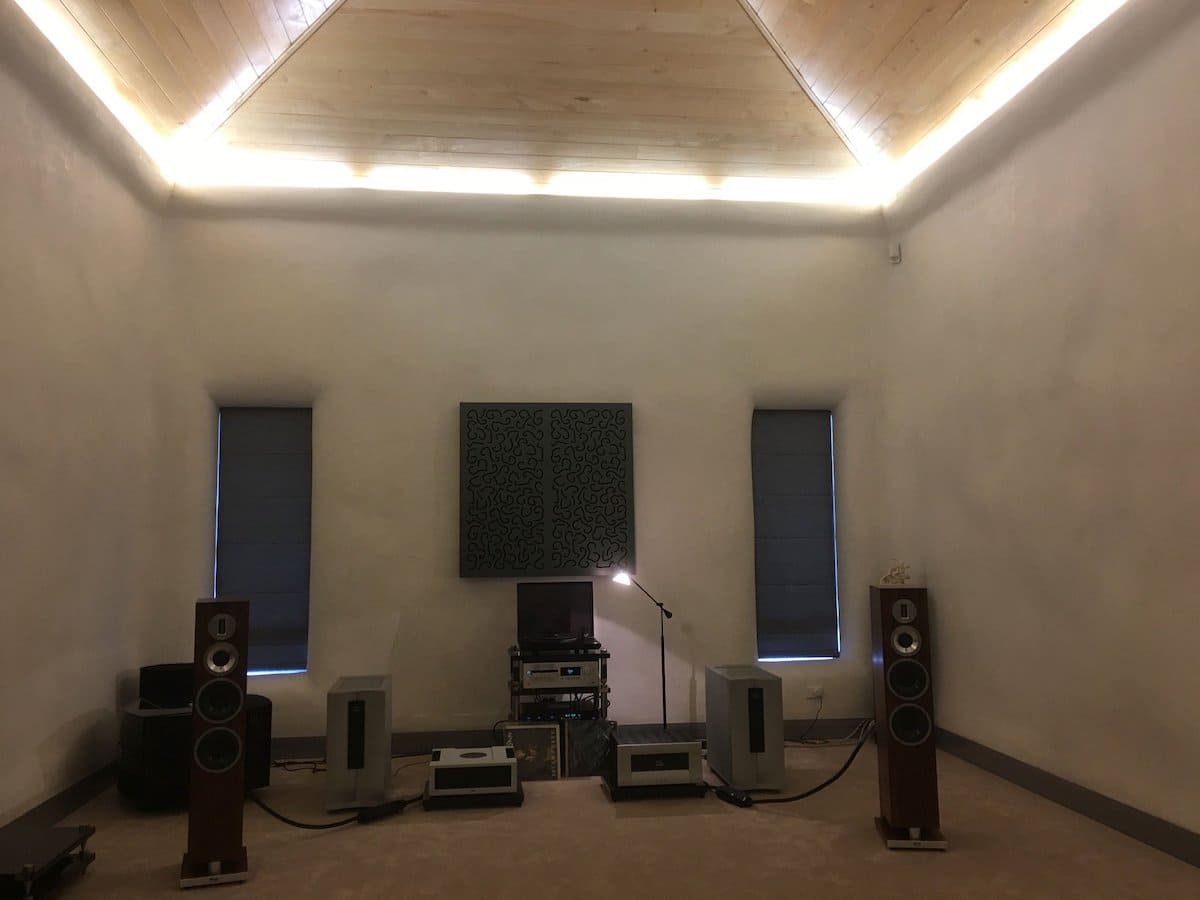
Gary – Can you name a few of the songs you love that are also great audio experiences?
Paul – There are so many of them, most of which are rather obscure, but I love Malcolm Mclaren and The Bootzilla Orchestra’s Waltz Darling album from 1989. It is just good tongue in cheek fun. Others from such diverse artists as Roxy Music, Peter Gabriel (I love the bass playing of Tony Levin), Chuck Mangione, Robbie Robertson are all ones that stick out. The emotion and connection that I felt when first listening to Robbie Robertson’s album Music For The Native Americans, especially the tracks ‘Ghost Dance’ and ‘It Is A Good Day To Die’, are etched into my soul.
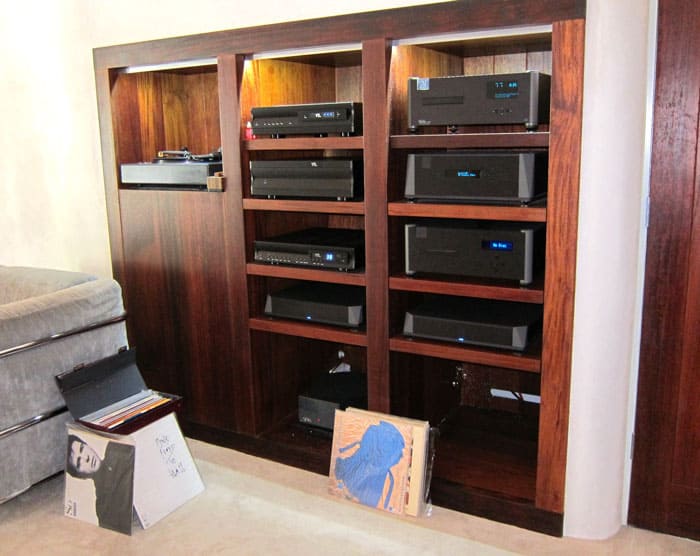
Gary – Analogue or digital? Vinyl records, CDs or streaming? What’s your preference?
Paul – Different horses for different courses. I find vinyl to be the most satisfying as far as emotional engagement is concerned. I can immerse myself in the performance and forget about analysing the sound.
CD represents a large percentage of my music collection – and I am still collecting music on CD as the costs are so low – less than 50c per disc when I buy a complete collection in bulk – and I still like the physical connection of having a disc.
Streaming is my go to format for exploring new music styles and finding music that I would otherwise never be exposed to. I have discovered some gems such as Emika, Manchester Orchestra, Dope Lemon, Turin Breaks, Nils Petter Molvaer, to name just a few.
Gary – As a parting shot, if you were giving advice to someone who had a maximum of $5K to spend on a system, what would you recommend?
Paul – That is a hard price point to hit, but here are a couple of suggestions. I have been impressed by the musicality and involvement of the Advance Paris gear. Their WTX StreamTubes valve streamer is really nice – open and spacious and very musically involving. I use one myself in my campervan.
An amp like the X-i50BT that has recently been awarded an Editor’s Choice Award by Hi-Fi Plus has adequate grunt. Add a pair of Proac Tablette 10 speakers, some Transparent cables and you are just under $5K for a very nice combo. If you want even better sound, take the incredibly open and rich sounding Advance Paris A10 (use the same TWX streamer) – a true giant killer of an amp – add a REL T5x sub the same bookshelf speakers, and you have superb full range sound for a few thousand more.
Gary – Do you have any future projections for how you think hi-fi will do during the next 48 years? Will the real hi-fi fans die off or will new fans take over? Will it still be a thing by then?
Paul – I doubt that we will have the same scene in 10 years’ time, let alone 48!
My generation grew up with the radio and music was our main source of entertainment. Our priority list was a car or motorbike (or in my case both) then a stereo. We did not have mobile phones, tablets, games consoles or gaming PCs. When we first got married, we had the stereo and no furniture at all – we sat on the floor with our backs against the wall listening to music at night. Then came colour TV, and a whole new set of things to spend our hard earned money on. Today I think that the access to such a huge quantity of music has greatly reduced the interest in its quality. I think that the numbers of true hi-fi fans will reduce, but they will always exist, and it is up to dealers to do exactly what we did when we started out, and have been doing ever since: educate people about how wonderful it is to hear high quality music through a decent system.
Gary – I notice that you and Joy had to sell your motorbikes to fund your first shop way back then, but at some point you got back into biking. Do you see any parallel between the two interests, and will motorbikes take over from stereos as your main passion/hobby in retirement?
Paul – we did indeed sell our motorbikes, but once the kids had grown up we were able to get back into them and enjoy riding them a lot. We will balance our time between riding motorbikes, travel, and music. We have a great BT speaker for when we are motorbike camping, an even better system in our campervan with an Advance Paris WTX StreamTubes streamer driving into an Audio Control 200 watt amp and T+A alloy speakers – which sounds great and runs with minimal power consumption, and then the big rig for when we are at home… so one thing has been constant in our life… no matter what we are doing we must have good quality sound with us!
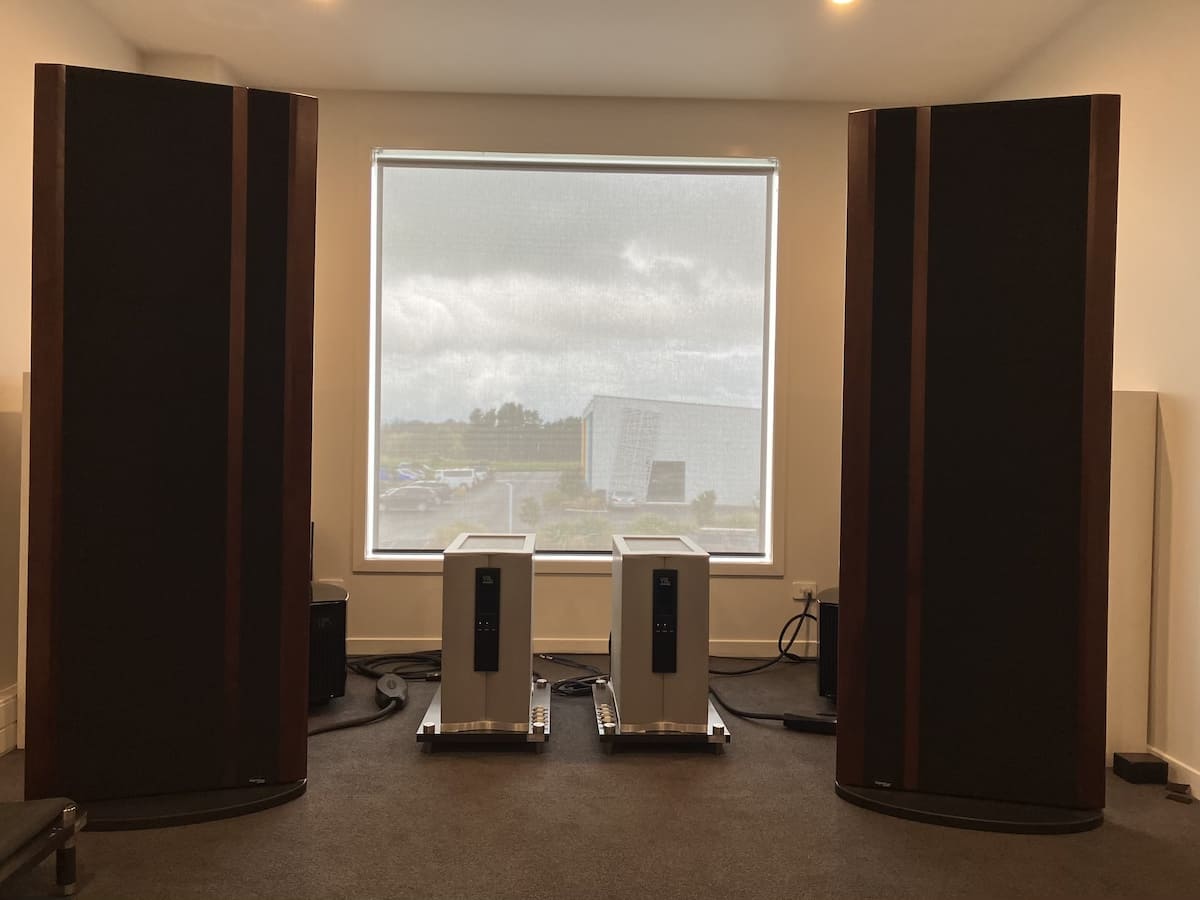
Gary – Do you imagine you’ll still have an interest in audio and music after you retire, and will you settle on a “forever” stereo system? If so, what are your favoured components, and why?
Paul -Yes, most certainly. My interest in music and audio has never waned. I will now have more time to catalogue all my music collection, find even more groups than I have already, and spend even more time listening.
I already have my forever system, it has been built up over many decades and fits my needs pretty well.
My turntable is a 1990 Sota Cosmos with an ET2 air-bearing linear tracking tonearm. It is currently fitted with a Garrott P89 MC cartridge, but I also have a Mo-Fi Gold MC and a Garrott Decca – so enough cartridge options to keep me going on the vinyl front.
My phono stage is a VTL TP6.5 for which I have a stash of great sounding tubes.
For digital I have a T+A MP3100HV CD/SACD/Streamer, which sounds superb and covers all the bases for my CD and streaming needs.
The preamp is a 2 box VTL TL7.5II which has been with me for a couple of decades now. It was upgraded to the latest version a few years ago and still keeps my feet tapping.
The power amps are VTL Siegfried monoblocks, which were also upgraded to the latest models in 2018, and for which I have an adequate stash of tubes to see me out.
Cables are all Reference XL by Transparent, and the speakers are Magnepan MG20.7i augmented by a pair of REL #31 subwoofers.
I also have a pair of Proac K6 Signature speakers that alternate with the Maggies due to the fact that I can’t find any single speaker that suits all my music tastes, so I have the two that do quite different things for different types of music and my varying moods.
Note: Synergy Audio Visual recently acquired some of the PQ Imports key brands for distribution in New Zealand, including Advance Paris, MoFi Electronics, Ruark, GoldenEar speakers and REL subwoofers. While Paul is in the process of retiring, at this point he still has the NZ agency for some top brands including PrimaLuna, Proac, Magnepan, Audio Control, VTL and Transparent Cable “until we find good homes for them.”
